Bullets are bullets, right? Well, not really. There are a wide array of variables in bullet shape, weight, materials, and construction. Each of these variables can have a dramatic impact on the performance, and safety, of any given load. In other words, loading recipe data for one 147-grain, .308 bullet may be incorrect, and even unsafe, for another projectile of equal caliber and weight.
Let’s take a closer look at some of the variables and what you need to know about each.
Materials
Long ago, the universe of bullet materials could be summed up in one word: lead. Now, we can choose all lead, lead alloys, copper-jacketed lead, plated lead, coated lead, all-copper, compressed powder frangible, and even polymer and copper blend bullets. You’ll even find ammo with made up metallic names that sound like the stuff that powers the Starship Enterprise.
Even among bullets with the same overall weight, performance can vary widely, often as a result of friction as a bullet travels down the bore. As a simple example, it’s easier to push a soft lead bullet down the barrel than a hard copper jacketed one.
Jacketed
Jacketed bullets have a comparatively hard copper or copper allow exterior. Usually, lead interior cores are stuffed into this hard jacket during the bullet construction process. The intent behind this design is to have a bullet that’s as heavy as possible for its size because the bulk of the interior is made of dense lead. The copper jacket adds strength and allows the bullet to be forced down the barrel at higher velocities. Under higher pressure and velocity, lead bullets would melt and deform. Since the jacket is tougher, more force is required to drive a jacketed bullet through the rifling, so, generally speaking, you’ll see larger powder charges stated in load recipes than for a comparable weight lead bullet.
Lead
As lead is softer and squishier than copper, it’s easier to push through rifling in the barrel. Most load recipes for same-weight lead bullets will be about 10% less than those for copper-jacketed projectiles. The 10% figure is a rule of thumb, so always check specific load data rather than relying on that number – it’s just a guideline.

Even though that huge lead bullet towards the right is much heavier than all the others, it doesn’t take much of a charge to drive it through the barrel. Of course, it’s also designed to be subsonic.
A note on barrel leading…
Lead bullets (usually made by adding other metals like tin or antimony if different proportions) can, in certain cases, leave excessive lead residue in gun barrels. Whether a lead bullet will cause “leading” in the barrel isn’t so simple as being a result of a bullet being too soft. In reality, whether a bullet in a given load will lead the barrel or not is usually a function of pressure and bullet hardness. In other words, using a harder bullet, in some situations, can cause more leading than the use of a softer one. Here’s why.
Read the rest at GunsAmerica.

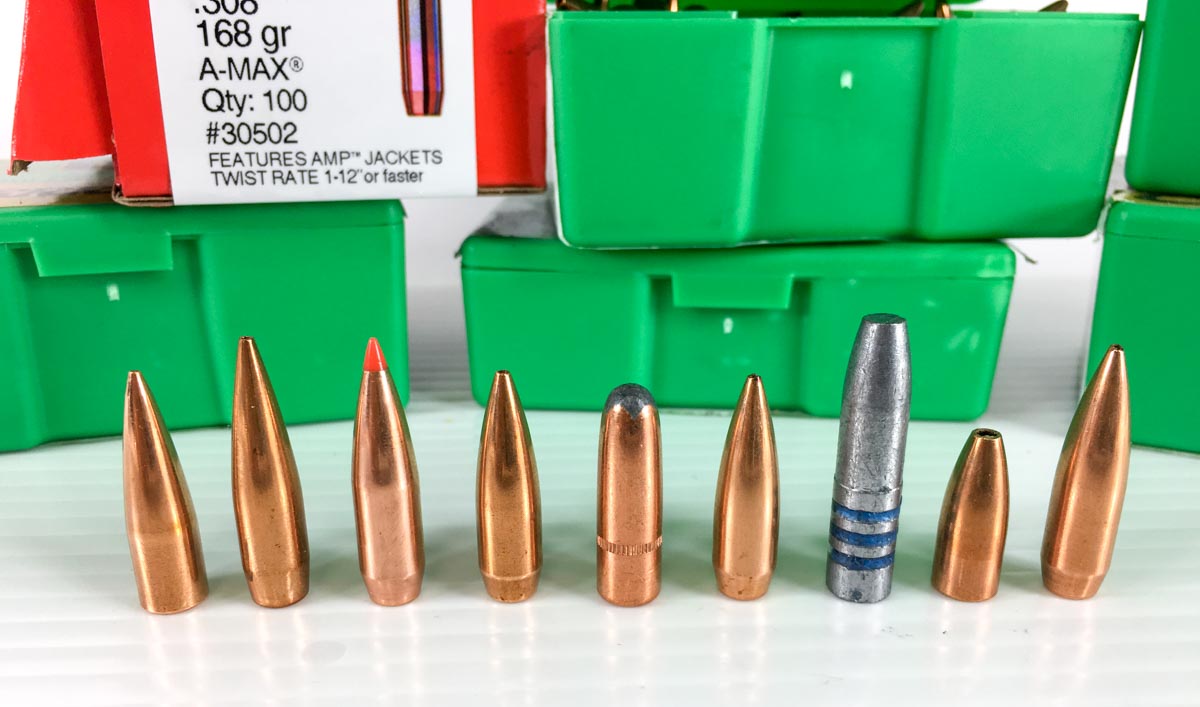

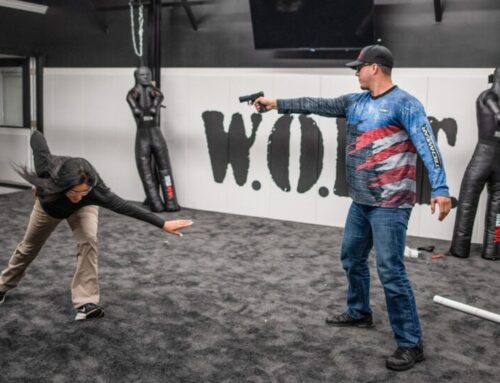
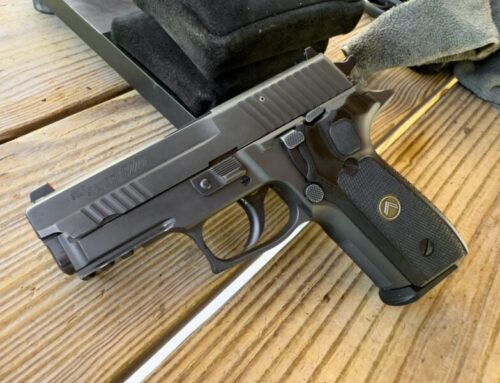
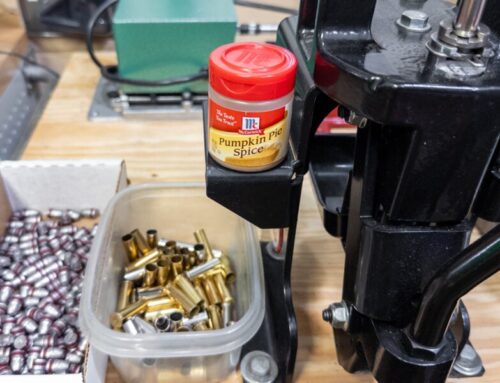

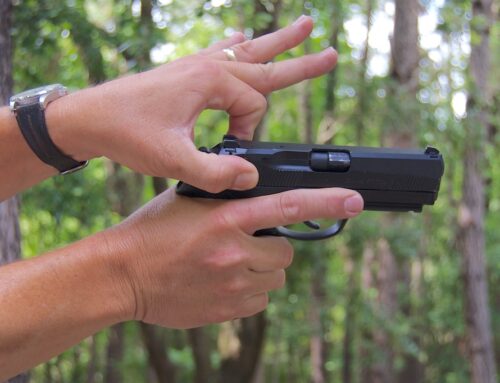

Leave A Comment